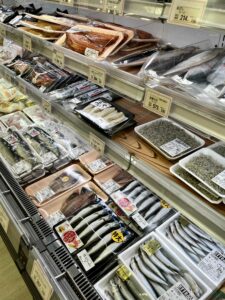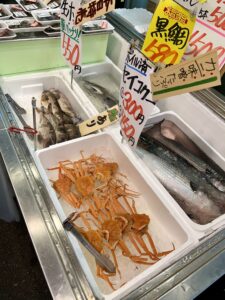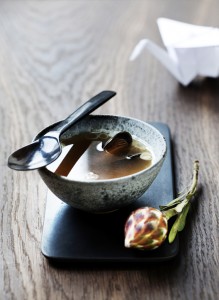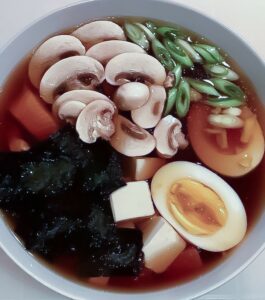
In Japanese supermarkets the fridge counter looks completely different than in Europe.
In the supermarket most of the products are written in Japanese characters and they have other products in the range.
The big difference in the selection of food products can be seen in the fridge counter. In Japan, fish is eaten as much as meat is eaten in Europe. This means that the selection of fish in fridge counter is large and varied. Every supermarket has high-quality filleted and whole fish packaged in a way that suits the average Japanese family.
In Japan, the season for raw materials is followed and, this means that the selection of fish changes from season to season. Japanese children learn from a very young age to eat many different kinds of fish prepared in many different ways.
That is why you find many unknown fish of different sizes in the fridge counter fish. Some of the fish are from Asia, while others come from the north, such as salmon, which are known for their very high quality.
On the Sushi course for beginners you will learn about the most popular fish for sushi in our latitudes. Step by step, you learn from scratch to make tasty pieces of sushi.
Read more about Sushi course for beginners
_
Zoë has lectured and held sushi courses for A. P. Moller – Maersk, Hugo Boss Nordic, Novo Nordisk, Novartis, Velux, Gorrissen Federspiel, Beierholm revision, Elbek & Vejrup and many more.








